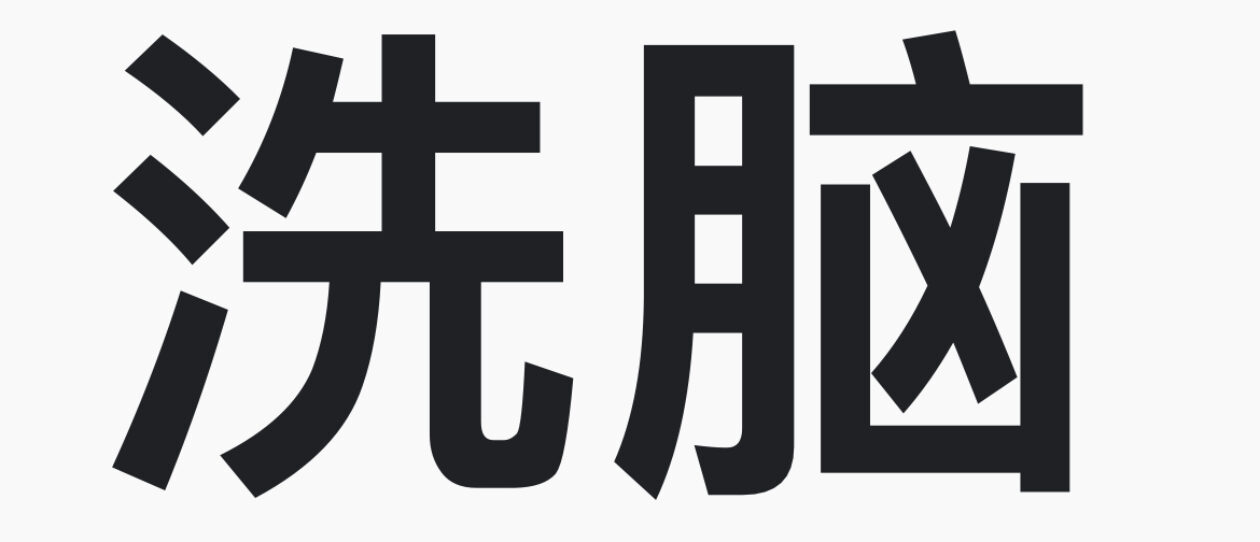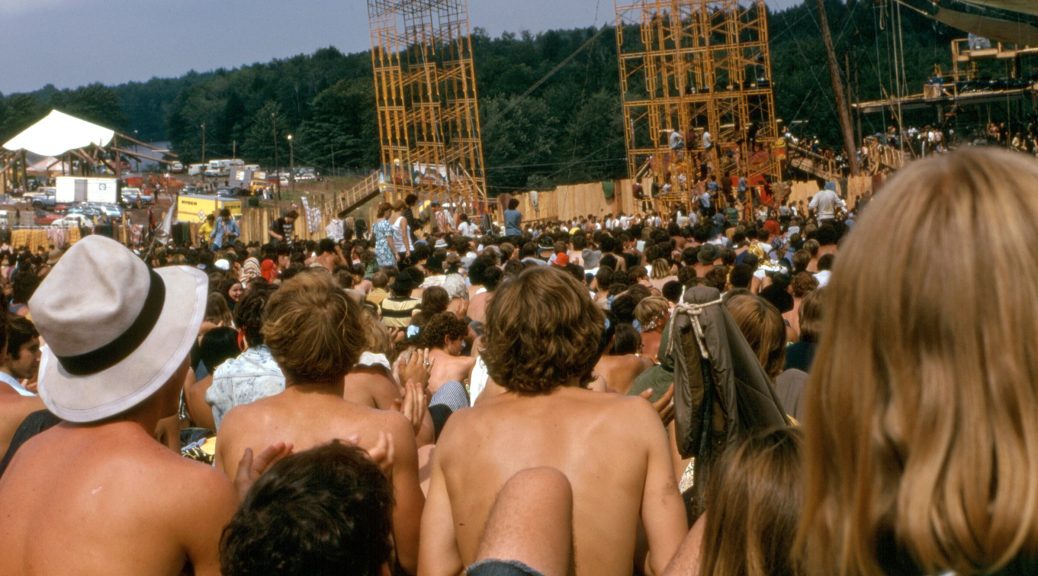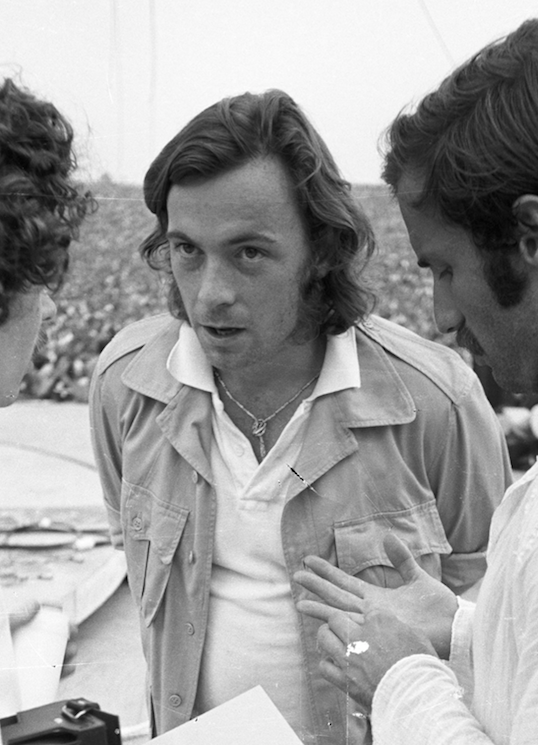Woodstock John Morris
May 16, 1939 – November 10, 2023
This is one thing that I was going to wait awhile before we talked about, but maybe we’ll talk about it now so you can think about it, because you all, we all, have to make some kind of plans for ourselves.
It’s a free concert from now on.
That doesn’t mean that anything goes.
The Woodstock Music and Art Fair has thousands of pieces. Most people’s first thought is of the festival’s famed performers and their music. Drugs, mud and the kindness of strangers often follow.
Woodstock John Morris
Broad picture
On docent tours at Bethel Woods Center for the Arts Museum, we try to give a complete and accurate portrayal of that weekend. The Museum’s designers knew that they had to put the event in perspective and thus the whole 60s theme that guests encounter before actually getting to Woodstock.
Woodstock’s organizers knew that other festivals that summer had had confrontational issues between the young people attending the festival and local law enforcement’s responsibility to maintain order. Woodstock Ventures successfully kept the peace by distancing uniformed officers from the Field itself and keeping the throng of attendees well-informed in a calming manner.
Woodstock John Morris
Production Coordinator
John Morris was the Production Coordinator at Woodstock, but his voice (as well as that of Chip Monck) became as important a part of the event as Jimi Hendrix’s Star Spangled Banner.
As disorganized as the Woodstock Ventures may have appeared, the four organizers brought on talented people to carry out their vision. John Morris had already helped set up the short-lived but successful Anderson Theater in New York City before helping to set up the more famous Fillmore East.
He would go on to create and own London’s first major rock concert venue, The Rainbow and produced live concerts for bands including Paul McCartney’s Wings, The Grateful Dead, The Moody Blues, The Jefferson Airplane, Jimi Hendrix, The Doors, and Santana.
Woodstock John Morris
“It’s a free concert from now on…”
But back to that August 1969 weekend
With so many performers, the image of Woodstock is often on of continuous music, there was a lot of down time both planned and forced upon (think rain storms)
Stage announcements became absolutely necessary for communication and those who made them had to be clear, truthful, and reassuring.
John Morris was that and his voice remains one of the strongest of my memories of my time at Woodstock. Thank you John.
Woodstock John Morris
1989 interview
John and his Woodstock memories (poor audio quality).
Woodstock John Morris
Continued…
In 1995, he joined with Kim R. Martindale to produce antiques, fine art and design shows, throughout the US. For the next 28 years, their Antiquities Shows, Native American Art Shows and Objects of Art Shows were produced in Santa Fe, NM; New York City, Los Angles, San Francisco, Seattle, Denver, Scottsdale, and Napa.
The site explains, “The Objects of Art Shows bring together an extensive collection of historic to contemporary material that includes fashion and jewelry, furniture and books, tribal, folk and American Indian art, works on paper and canvas, and three-dimensional pieces in wood, ceramic and bronze. The range is vast, the selection is discerning, and the result is an exhibition of exceptional objects of art.”
Spectacle
The lead sentence of Alex Williams’s New York Times obituary read: John Morris, who brought an element of spectacle to the rock explosion of the 1960s as a coordinator and M.C. for the era-defining Woodstock festival, and who also helped run the storied rock venues Fillmore East in New York City and the Rainbow theater in London, died on Friday at his home in Santa Fe, N.M. He was 84.
The cause was complications of chronic obstructive pulmonary disease following treatment for lung cancer, his longtime partner, Luzann Fernandez, said.


